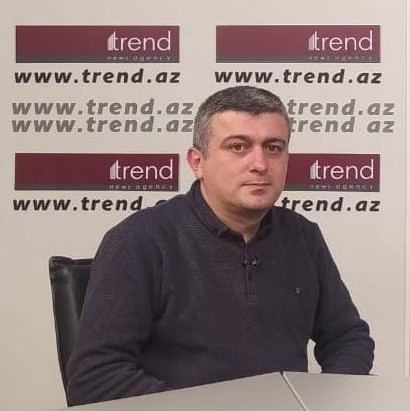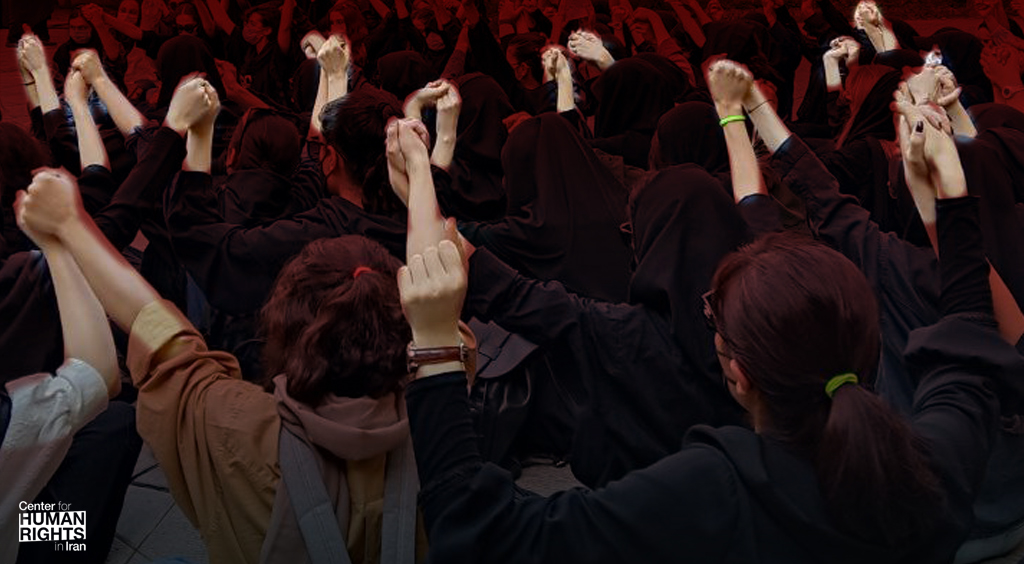Iran's technical collaboration with IAEA targets to resolve issues - Iranian FM
Elnur Baghishov
BAKU, Azerbaijan, May 8. Iran is trying to solve problems with the International Atomic Energy Agency (IAEA) not by political pressure but via technical cooperation, Iranian Foreign Minister Hossein Amirabdollahian told reporters, Trend reports.
According to him, there are important issues for cooperation between Iran and the IAEA. IAEA Director General Rafael Grossi raised these issues during his visit to Tehran.
Amirabdollahian noted that there is progress between Iran and the agency if the IAEA director general takes steps within the law. However, in cases of external pressure, misunderstandings arise.
Meanwhile, the 3-day 1st International Conference on Nuclear Science and Technology (international conference on nuclear science and technology) kicked off in Isfahan, Iran, on May 6. Senior Iranian officials attended the conference. IAEA Director General Rafael Grossin also traveled to Iran to attend the conference.
Additionally, Iran and the IAEA reached an agreement in March of last year (2023) and released a statement about it. According to the agreement, Iran's cooperation with the IAEA is within the framework of the Convention on the Non-Proliferation of Nuclear Weapons (NPT) and safeguards, and the parties are to cooperate on allegations of the existence of enriched uranium substances in connection with Iran's nuclear program.
In January 2016, Iran and the P5+1 group (the United States, Russia, China, the United Kingdom, France, and Germany) implemented the Comprehensive Plan of Joint Action on Iran's nuclear program. The US announced in May 2018 that it was withdrawing from the plan and imposed sanctions on Iran in November of the same year. Iran has announced that there will be no restrictions on the Iran nuclear deal in 2020.
In late 2020, the Iranian parliament adopted a strategic plan to counter the sanctions, citing the non-fulfillment of the Joint Comprehensive Plan of Action (JCPOA) signed between Iran and six countries, as well as the imposition of sanctions on Iran.
According to the Iranian parliament's decision, as of February 23, Iran had stopped the implementation of additional measures and an additional protocol included in the nuclear deal. Consequently, the IAEA reduced its monitoring mechanism by 20–30 percent.
Iran maintains its presence in JCPOA, showcasing goodwill - chairman of Atomic Energy Organization
Nuclear Program Materials
Elnur Baghishov
BAKU, Azerbaijan, May 7. As a sign of goodwill, Iran has remained in the Joint Comprehensive Plan of Action (JCPOA) on Iran's nuclear program, Iran's Vice President and Chairman of the Atomic Energy Organization Mohammad Eslami said during the joint press conference with International Atomic Energy Agency (IAEA) Director General Rafael Grossi, Trend reports.
“Iran has not withdrawn from the Comprehensive Joint Action Plan; the side that withdrew from this agreement is the US, and it has not fulfilled its obligations and has not allowed others to fulfill their obligations, and the three European countries (UK, France, and Germany) have also taken steps in this direction,” he said.
According to him, Iran has unilaterally fulfilled its obligations under the JCPOA and reduced its commitments under Article 26 of the agreement.
Eslami stated that the Iranian parliament has approved a strategic action plan to lift sanctions against Iran. The Atomic Energy Organization of Iran is taking steps within the framework of the plan.
To note, the Comprehensive Plan of Joint Action on Iran's nuclear program was implemented between Iran and the P5+1 group (the United States, Russia, China, the United Kingdom, France, and Germany) in January 2016. The US announced in May 2018 that it was withdrawing from the plan and imposed sanctions on Iran in November of the same year. Iran has announced that there will be no restrictions on the Iran nuclear deal in 2020.
In late 2020, the Iranian parliament adopted a strategic plan to counter the sanctions, citing the non-fulfillment of the Joint Comprehensive Plan of Action (JCPOA) signed between Iran and six countries and the imposition of sanctions on Iran.
According to the decision of the Iranian parliament, as of February 23, Iran had stopped the implementation of additional measures and an additional protocol included in the nuclear deal. As a consequence, the monitoring mechanism of the IAEA was reduced by 20–30 percent.
Under Article 26 of the nuclear deal, if one party fails to comply with its obligations, the other party may suspend all or part of its obligations.
The 3-day 1st International Conference on Nuclear Science and Technology in Isfahan, Iran, kicked off on May 6. Iran's top officials attended the conference. IAEA Director General Rafael Grossini also visited Iran to attend the conference.
Iran-IAEA cooperation not subject to US influence - Iranian FM

Elnur Baghishov
BAKU, Azerbaijan, May 7. The United States should not influence cooperation between Iran and the International Atomic Energy Agency, Iranian Foreign Minister Hossein Amir-Abdollahian said, Trend reports.
He made the statement during a meeting with International Atomic Energy Agency Director General Rafael Grossi on May 6 in Tehran.
Amir-Abdollahian believes that Iran-IAEA cooperation is progressing positively and will continue to grow. He added that the impartial and professional stance of the IAEA director general will play an effective role in the cooperation between Iran and the agency, helping the region return to sustainable security and stability.
During the meeting, IAEA Director General Rafael Grossi also stated that Iran's position is important for strengthening Iran's cooperation with the agency and restoring regional stability and security.
“Strengthening the cooperation process between Iran and the IAEA will lead to the failure of the parties who follow tensions and conflicts in the region under any pretext,” he said.
To note, on May 6, the three-day 1st International Conference on Nuclear Science and Technology began in Isfahan, Iran. Senior Iranian officials attended the conference. IAEA Director General Rafael Grossi also visited Iran to participate in the conference.
 Recommendations for the U.S. Government and the International Community
Recommendations for the U.S. Government and the International Community


